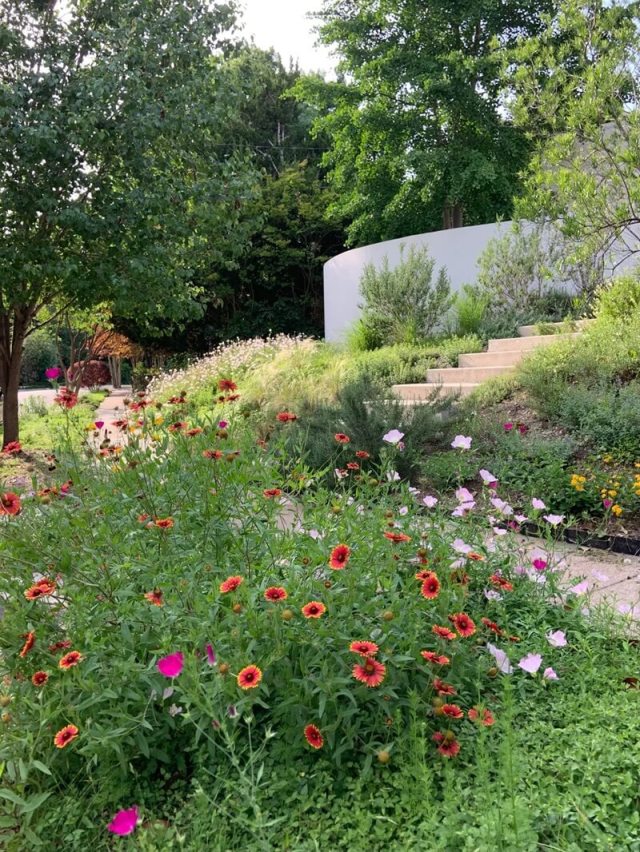A Dallas homeowner proudly showed off the abundant native wildflowers growing in their yard on the subreddit r/NoLawns.
"This is the 3rd spring of my native landscape project," they wrote. "The Indian Blanket and Primrose are doing exceptionally well but there's plenty of Tall Poppy Mallow, Mexican Hat, and Salvia starting to show up."


Fellow native plant enthusiasts were delighted by the photos.
"Absolutely gorgeous," one wrote.
"So idyllic," another agreed.
Replacing a traditional grass lawn with wildflowers isn't just beautiful — it's easier on the wallet and healthier for the environment, too.
While grass needs an exorbitant amount of water to survive — comprising about one-third of an average household's daily water use — native plants evolved to thrive with the typical amount of rainfall in their environment. That means that a native-plant lawn can bring a homeowner's outdoor water use down to very little or nothing at all.
And for some homeowners, the savings don't stop there. Many states are even offering incentives and tax rebates for switching to low-water-use lawns.
Additionally, native plants have a symbiotic relationship with local pollinators, the oft-overlooked creatures that quietly power our planet.
"Without pollinators, the human race and all of earth's terrestrial ecosystems would not survive," the U.S. Department of Agriculture states on its website. "Of the 1,400 crop plants grown around the world … that produce all of our food and plant-based industrial products, almost 80% require pollination by animals. Visits from bees and other pollinators also result in larger, more flavorful fruits and higher crop yields … Globally, pollination services are likely worth more than 3 trillion dollars."
And fortunately, switching to a natural lawn couldn't be easier.
In some cases, it's as simple as scattering wildflower seeds by hand and letting them do what they do best. Other low-lift options include planting native ground cover such as ferns, wild ginger, clover, and ornamental native grasses.
Some homeowners take the route of xeriscaping, using mulch, woodchips, stone, and other non-plant materials to landscape their yards. And like the yard featured in this post, the result is beautiful and much more vibrant and lush than traditional grass.
"This is incredible," one person enthused. "You are living the life!!!"
Join our free newsletter for easy tips to save more, waste less, and help yourself while helping the planet.









